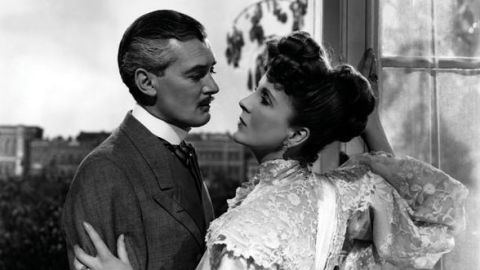Is Your Husband a Risk-Free Asset or a Junk Bond?

I am thinking about investing in a husband. While it is true that I won’t be able to sell him in the future if I ever need some quick cash (so, not my most liquid asset), I have heard that the dividends can be quite good. In the past I would have considered marriage as far too risky an investment for me personally. But, I have to say, with the current state of the financial markets even a risky asset like a husband is starting to look like a safe bet.
In making financial decisions women are far less willing to take on risky assets than are men; they appear more risk-averse. Single individuals, in turn, appear more risk-averse than married individuals and so it follows that married women, historically at least, are less risk averse that single women.
If we think of a husband as another asset in a portfolio along with stocks, bonds and real estate, this behavior of married women makes sense but only if a husband is a low risk asset. With the additional safe asset (i.e. the husband) in a married woman’s portfolio it makes sense that she seeks to balance her portfolio by purchasing riskier assets. So married women are not really more risk-averse than single women, they just look that way because we are ignoring her safe asset that puts his feet on her coffee table at night.
Well, this is interesting because over the last forty years marriage has evolved from behaving like a risk-free asset to behaving more like a junk bond; a high yield asset with a high risk of default. Add to that the volatility in the housing market (essentially the returns from which the junk bond pays out in the case of default) and marriage is increasingly a risky asset.
If this is true, and if the husband-as-portfolio item argument explains the higher risk-aversion of married women, then as divorce rates increase we would expect to see the risk aversion gap between married and single women shrink. There is some forthcoming evidence that is the case using Italian data.*
This research finds that starting in the early 1990s the risk aversion gap between single and married women actually widened as married women entered the workforce and began behaving more like men in their investment decisions. But that all changed in the beginning of the 21st century; since that time the marriage gap in risk aversion has narrowed considerably and married women have increasingly begun to behave in their investment decisions just like single women – they are acting more risk-averse.
While in North America we have seen little change in divorce rates over the last decade, the same cannot be said for Italy. In fact in just two years (between 2000 and 2002) the divorce rate in that country increased by 45%. So in a period of increased risk in marriage the level of risk aversion of married women has converged to that of single women, which is consistent with our hypothesis that as marriage becomes a risky asset married women prefer safer assets.
Of course for me personally, the idea that a husband would make a good investment is like saying that gold would make a good investment – both statements would have been true if I had made them ten years ago. It is not that the price of husbands is at an all time high; it rather that I myself am a depreciating asset. And after all, on the market for husbands that is all I have to trade.
*Bertocchia, Graziella; Marianna Brunettib and Costanza Torricellic (2011). “Marriage and other risky assets: A portfolio approach.” Journal of Banking & Finance Vol. 35 (11): pp2902-2915.





